Georgett’s tetra - Hyphessobrycon georgettae
Scientific name: Hyphessobrycon georgettae
Common name: Georgett’s tetra
Family: Characidae
Usual size in fish tanks: 3 - 4 cm (1.18 - 1.57 inch)
014
Recommended pH range: 6.3 - 7
Recommended water hardness: 4 - 17°N (71.43 - 303.57ppm)
0°C 32°F30°C 86°F
Recommended temperature range: 23 - 26 °C (73.4 - 78.8°F)
The way how these fish reproduce: Spawning
Where the species comes from: South America
Temperament to its own species: peaceful
Temperament toward other fish species: peaceful
Usual place in the tank: Top levels
Food and Feeding
Georgett’s Tetras (Hyphessobrycon georgettae) are omnivorous and will accept a wide range of foods. To ensure optimal health and vibrant coloration, provide a balanced diet that includes:
- Staple diet: High-quality flake food or small sinking pellets.
- Live or frozen foods: Brine shrimp, bloodworms, daphnia, and white worms.
- Vegetable matter: Spirulina flakes or finely chopped blanched vegetables such as spinach or zucchini.
Feed small portions twice a day to prevent overfeeding and maintain excellent water quality.
Origin
Georgett’s Tetra is native to South America, specifically found in the freshwater rivers and floodplains of Suriname. These habitats typically feature soft, slightly acidic water, abundant vegetation, and slow-moving currents.
Sexing
Sexing Hyphessobrycon georgettae can be challenging due to minimal external differences between males and females. However, females tend to have a fuller, more robust body shape, especially when carrying eggs, whereas males may appear slimmer and slightly more colorful.
Breeding
There are currently no reported cases of Georgett’s Tetra breeding in home aquariums. However, in the wild, they are believed to follow a typical tetra spawning process, where eggs are scattered among fine-leaved plants.
To encourage breeding:
- Set up a dedicated breeding tank with dim lighting and plenty of spawning mops or fine-leaved plants.
- Maintain a temperature of 24-26°C (75-78°F) and soft, slightly acidic water.
- Feed the breeding pair a diet rich in live or frozen protein-based foods.
The eggs, once fertilized, are typically scattered and may adhere to plant surfaces. Parents do not exhibit parental care and may eat the eggs, so they should be removed immediately after spawning. The eggs will hatch in about 24-36 hours, and the fry can be fed Infusoria until they are large enough to consume newly hatched brine shrimp.
Lifespan
With proper care, Hyphessobrycon georgettae has a lifespan of 2-3 years, though some individuals may live longer in well-maintained aquariums.
Tank Setup and Behavior
Georgett’s Tetras are peaceful, active schooling fish, making them ideal for community aquariums. They should always be kept in groups of at least six, as they thrive in the presence of their own kind and display more natural behaviors in larger groups.
Ideal tank setup:
- Tank size: Minimum 20 gallons (75 liters) for a small group.
- Substrate: Dark sand or fine gravel to enhance their colors.
- Filtration: Gentle flow, as they prefer slow-moving waters.
- Decoration: Driftwood, caves, and live plants such as Java Fern or Anubias to provide hiding spaces.
Suitable Tank Mates
Georgett’s Tetras are best kept with other small, peaceful species that share similar water conditions. Compatible tank mates include:
- Neon Tetras – Small, vibrant schooling fish.
- Ember Tetras – Similar size and temperament.
- Harlequin Rasboras – Non-aggressive and excellent tank mates.
- Otocinclus Catfish – Peaceful bottom dwellers.
- Sterbai Corydoras – Small and social catfish species.
Tank Mates to Avoid
Due to their small size and shy nature, avoid keeping them with aggressive or large fish that may harass or eat them, such as:
- Oscars – Too large and predatory.
- Green Terrors – Can be territorial.
- Tiger Barbs – Known for fin-nipping behavior.
Recommended Plants
Since Georgett’s Tetras thrive in planted aquariums, incorporating broad-leaved and low-light plants enhances their environment. Suitable plants include:
- Java Fern – Hardy and adaptable.
- Anubias – Provides excellent cover and attachment points.
- Cryptocoryne Wendtii – Offers dense foliage for hiding.
- Java Moss – Creates a natural spawning site.
Short Description
Georgett’s Tetra (Hyphessobrycon georgettae) is a peaceful, active schooling fish best suited for planted community aquariums. Their small size, vibrant colors, and peaceful temperament make them an excellent choice for aquarists looking to add variety to a nano or mid-sized tank. Due to their rarity in the aquarium trade, they are not as commonly seen as other tetra species but offer a unique addition for those seeking something different.
Pictures
Bought by aqua-fish.net from jjphoto.dk.
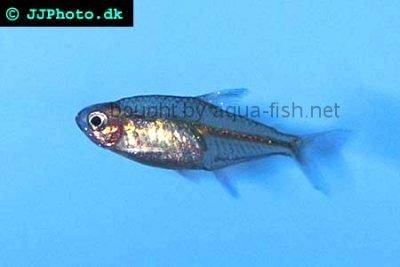


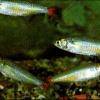 Bloodfin
Bloodfin 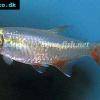 Bloodfin
Bloodfin 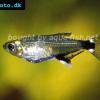 Panda
Panda 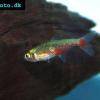 Green
Green 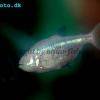 Blind
Blind 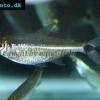 Kennedy
Kennedy 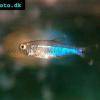 Blue
Blue 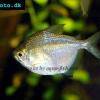 Discus
Discus 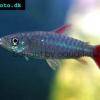 Pink
Pink 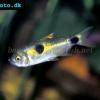 Bucktoothed
Bucktoothed 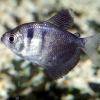 Black
Black 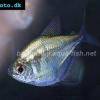 False
False 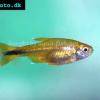 Silver
Silver  Hemigrammus
Hemigrammus 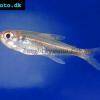 Dash-dot
Dash-dot 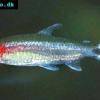 Rummy
Rummy 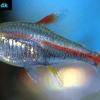 Glowlight
Glowlight 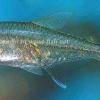 January
January 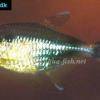 Head
Head 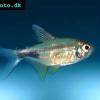 Garnet
Garnet 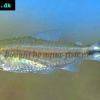 Rummy
Rummy 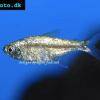 Gold
Gold 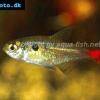 Red
Red 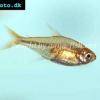 Ember
Ember 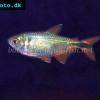 Buenos
Buenos 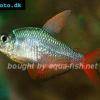 Colombian
Colombian 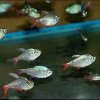 Ecuador
Ecuador 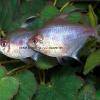 Bleeding
Bleeding 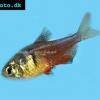 Flame
Flame 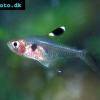 Griems
Griems 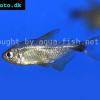 Kitty
Kitty 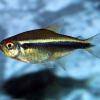 Black
Black 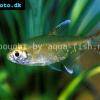 Firefin
Firefin 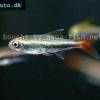 Loreto
Loreto 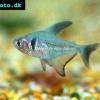 Black
Black 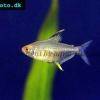 Lemon
Lemon 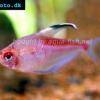 Redback
Redback 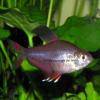 Rosy
Rosy 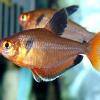 Serpae
Serpae 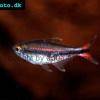 Savanna
Savanna 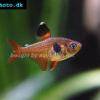 Red
Red 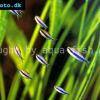 Blue
Blue 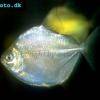 Silver
Silver 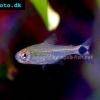 Ceros
Ceros 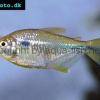 Napo
Napo 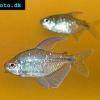 Diamond
Diamond 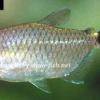 Red
Red 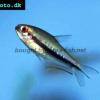 Rainbow
Rainbow 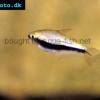 Emperor
Emperor 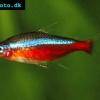 Cardinal
Cardinal 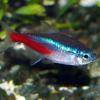 Neon
Neon 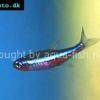 Green
Green 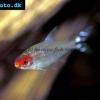 False
False 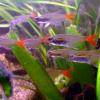 Glass
Glass 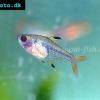 X-ray
X-ray 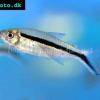 Penguin
Penguin